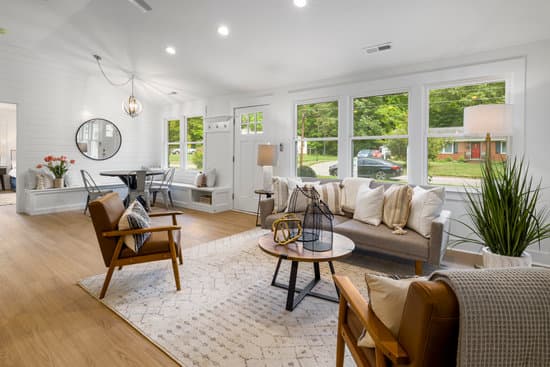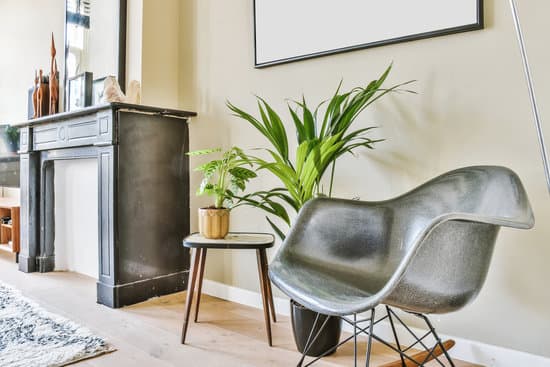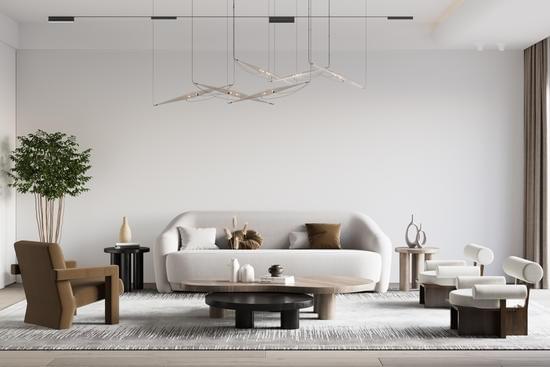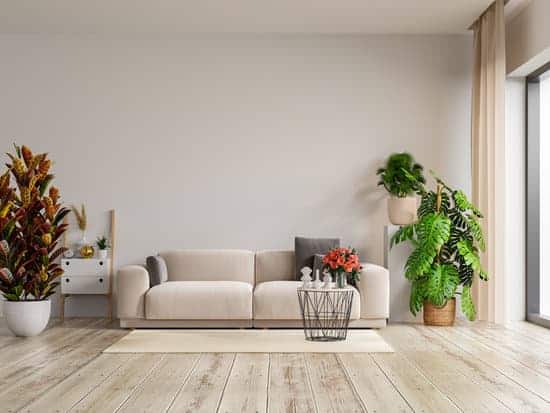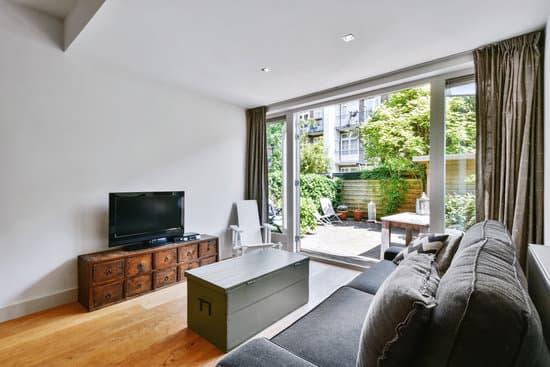Are you looking to freshen up your living room with a new coat of paint? Before diving into this project, it’s important to understand the cost involved. In this article, we’ll break down the expenses associated with painting a living room, from estimating the cost of paint and supplies to deciding whether to hire professionals or tackle it as a DIY project. We’ll also share tips for preparing your space and choosing the perfect color and finish. Let’s ensure a smooth and successful painting process while keeping safety in mind.
Estimating the Cost of Paint and Supplies
The cost of paint and supplies can vary depending on the size of your living room. When estimating the labor costs, it’s important to consider how much time and effort will be needed for the project. If you’re planning to hire a professional painter, they might charge an hourly rate or provide you with a fixed quote based on the size of the room. To calculate the amount of paint needed, measure the walls’ height and width, then multiply these dimensions to get the total square footage. Typically, one gallon of paint covers around 350-400 square feet. However, keep in mind that multiple coats may be required for better coverage or if you’re changing colors drastically. Don’t forget to factor in additional supplies like brushes, rollers, drop cloths, and masking tape when estimating your overall expenses.
Hiring Professionals vs. DIY Painting
Hiring professionals or doing it yourself – which option is more expensive for painting a living room? Let’s weigh the pros and cons to help you make an informed decision. When hiring professionals, you benefit from their expertise and experience. They can ensure a high-quality finish and save you time and effort. However, this convenience comes at a cost. Professional painters typically charge per hour or square footage, plus the additional expenses of paint, supplies, and any necessary repairs. On the other hand, DIY painting can be more cost-effective if you have the necessary skills and time to devote to the project. You only need to purchase paint and supplies, avoiding labor costs altogether. However, keep in mind that mistakes could occur without professional guidance, potentially leading to extra expenses down the line. Ultimately, consider your budget, skill level, and desired outcome when making your decision between hiring professionals or taking on the task yourself.
Preparing Your Living Room for Painting
Before you start painting, make sure to properly prep your living room. Start by preparing your furniture. Move any large pieces out of the room if possible, or cover them with plastic sheets to protect them from paint splatters. Remove any smaller items like lamps, decorations, and electronics from the area as well.
Next, it’s important to protect your floors. Lay down drop cloths or old sheets to prevent paint from dripping onto the floor and causing damage. If you have carpeting, you may want to consider using a plastic sheet underneath the drop cloth for extra protection.
Don’t forget about the walls themselves! Fill in any holes or cracks with spackle and sand them smooth before painting. Use painter’s tape to carefully mask off trim and edges for clean lines.
Taking these precautions will help ensure a smooth and successful painting process while keeping your furniture and floors safe from potential damage.
Choosing the Right Paint Color and Finish
To choose the perfect paint color and finish for your living room, start by considering the mood and atmosphere you want to create. Color psychology plays a crucial role in setting the right tone. Here are three popular paint colors that can help you achieve the desired ambiance:
- Tranquil Blue: If you aim to create a calming and peaceful environment, consider painting your walls in shades of blue. Light blues promote relaxation, while deeper blues evoke a sense of tranquility.
- Warm Neutrals: Neutral tones like beige, cream, or light gray can provide a cozy and inviting feel to your living room. These colors also serve as excellent backdrops for showcasing artwork or furniture.
- Vibrant Yellow: For those seeking an energetic and vibrant space, yellow is the way to go. This cheerful color promotes happiness and positivity.
Remember to choose a finish that suits your needs – matte finishes hide imperfections while glossier finishes are easier to clean but show flaws more prominently. Happy painting!
Tips for a Smooth and Successful Painting Process
During the painting process, it’s important to properly prepare the walls by cleaning and sanding them for a smooth finish. Before you begin, make sure to remove any dirt or dust from the walls using a mild detergent and water solution. This will help the paint adhere better and prevent any imperfections in the final result. Additionally, be sure to fill in any cracks or holes with spackle and sand them down to create an even surface. When painting, avoid common mistakes such as overloading your brush or roller with too much paint, which can lead to drips and uneven coverage. Take your time and apply thin coats of paint, allowing each coat to dry before applying the next. By following these tips, you can ensure a successful and long-lasting paint job in your living room.
Conclusion
To conclude, painting a living room can be a cost-effective way to refresh the space. By estimating the cost of paint and supplies, considering whether to hire professionals or DIY, preparing the room properly, and choosing the right color and finish, you can achieve a smooth and successful painting process. Whether you decide to tackle the project yourself or hire experts, remember that careful planning and attention to detail will help ensure a beautiful result that fits within your budget. Happy painting!

